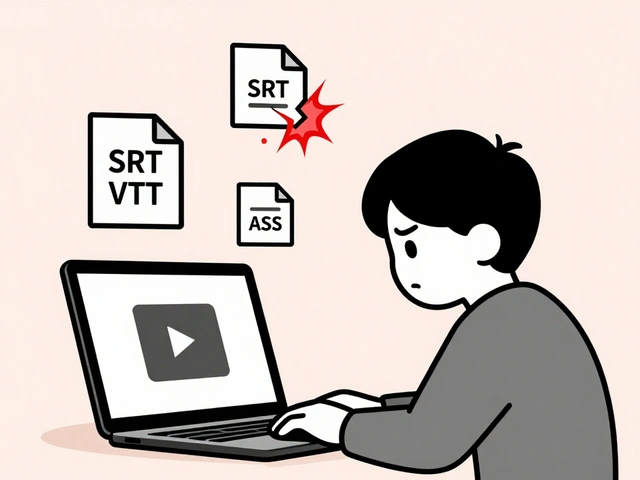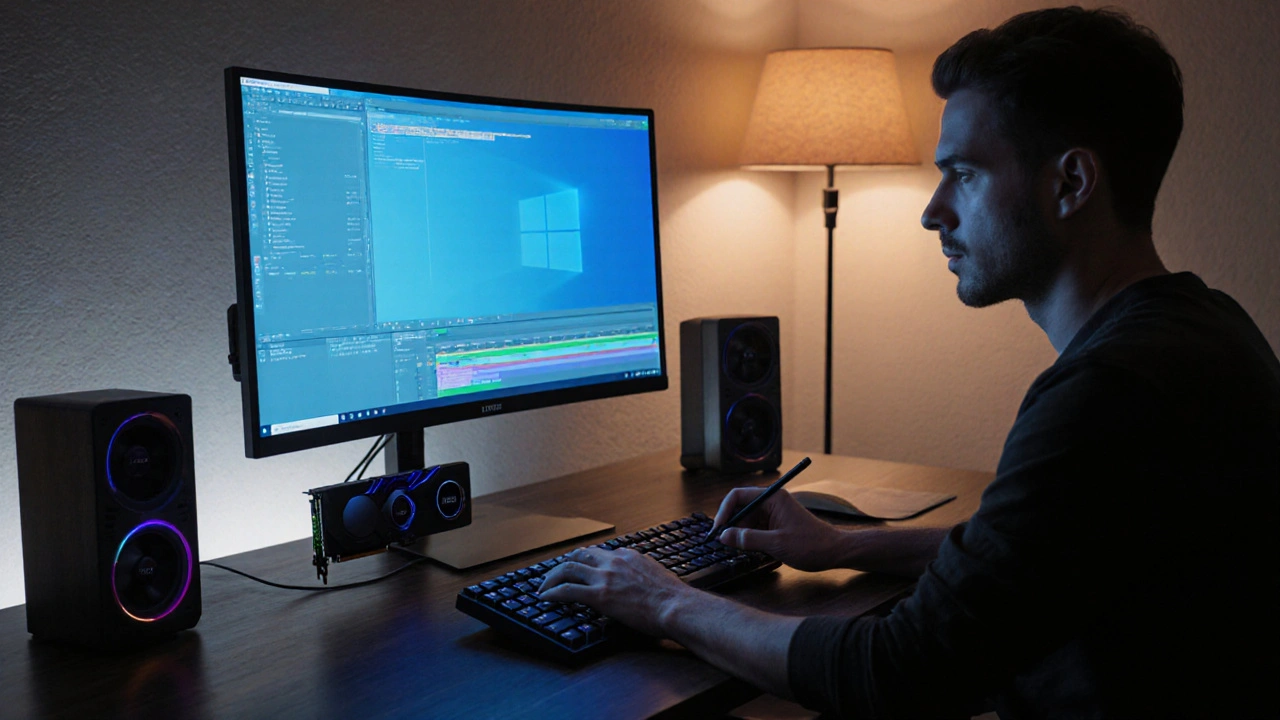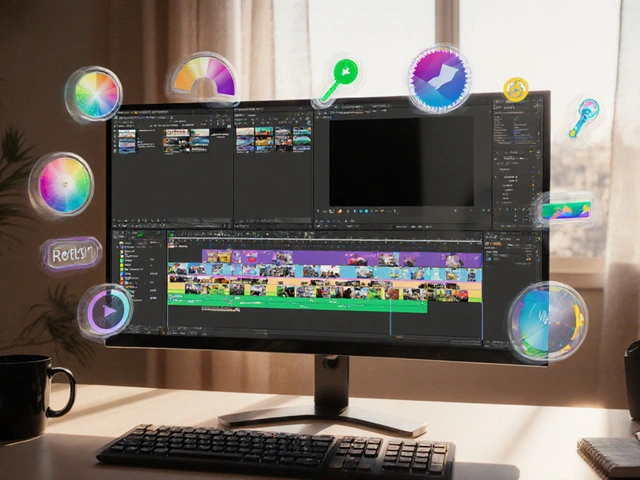External SSD – The Fast, Portable Backbone for Video Creators
When working with external SSD, a solid‑state drive that plugs into your computer via USB‑C or Thunderbolt, giving you high‑speed, portable storage. Also known as portable external solid‑state drive, it lets you store massive video files without lugging a desktop box around. Portable storage covers any device you can carry, from external SSDs to flash drives, that holds data on the move is a key part of modern media workflows. The video editing workflow is the series of steps—from ingest to export—that editors follow to turn raw clips into final videos relies on quick reads and writes, and that’s where data transfer speed measures how fast a device can move bytes between storage and a computer, usually expressed in MB/s or GB/s becomes a game‑changer. In short, an external SSD enables a smoother video editing workflow, requires high data transfer speed, and supports portable storage for on‑the‑go media production.
Why an external SSD matters for media production
If you shoot 4K or 8K footage, every second counts. The massive bitrate of high‑resolution video means your internal drive can quickly become a bottleneck, causing dropped frames and long render times. By swapping the internal drive for an external SSD, you reduce latency, let your editing software cache more footage, and keep your timeline running buttery smooth. For freelancers who travel between gigs, the ability to plug into any laptop and keep all project files in one rugged case saves time and money—no more hours spent re‑copying data. The external SSD also doubles as a reliable backup: you can mirror your project folder after each shoot, ensuring that a hardware failure on your primary computer won’t ruin weeks of work. In the world of content creators, faster data transfer speed directly translates to more output, and portable storage means you can edit on a coffee shop laptop just as efficiently as in a studio.
Choosing the right external SSD isn’t just about grabbing the cheapest model. Look at the drive’s enclosure material (aluminum helps with heat dissipation), its interface (Thunderbolt 3/4 tops USB‑3.2 for raw speed), and the guaranteed read/write specs from the manufacturer. Some drives even come with built‑in encryption—handy if you handle client‑sensitive footage. Pair the drive with a reliable backup strategy, such as a cloud sync or a secondary HDD, and you’ll have a resilient, high‑performance storage stack. Below, you’ll find a curated list of articles that dive deeper into video marketing ROI, editing software comparisons, and data‑driven workflow tips—all tied together by the central role an external SSD plays in modern video production.
21
Best Video Editing Hardware Setup for 2025
Discover the ideal video editing hardware setup for 2025, from CPUs and GPUs to storage and monitors, with practical tips for every budget.
Latest Posts
Popular Posts
-
 How Roommates Can Fairly Share Wi-Fi and Streaming Costs
How Roommates Can Fairly Share Wi-Fi and Streaming Costs
-
 Best Educational TV Shows for Preschoolers, Elementary Kids, and Tweens
Best Educational TV Shows for Preschoolers, Elementary Kids, and Tweens
-
 Breakout Indies at the Box Office: How Word-of-Mouth Made These Films Blockbusters
Breakout Indies at the Box Office: How Word-of-Mouth Made These Films Blockbusters
-
 Paramount+ with Showtime vs. Peacock Premium vs. ESPN+: Which Sports Add-On Fits Your Viewing Habits?
Paramount+ with Showtime vs. Peacock Premium vs. ESPN+: Which Sports Add-On Fits Your Viewing Habits?
-
 Why Subtitles Aren't Working: Fix Common Video Text Issues
Why Subtitles Aren't Working: Fix Common Video Text Issues



